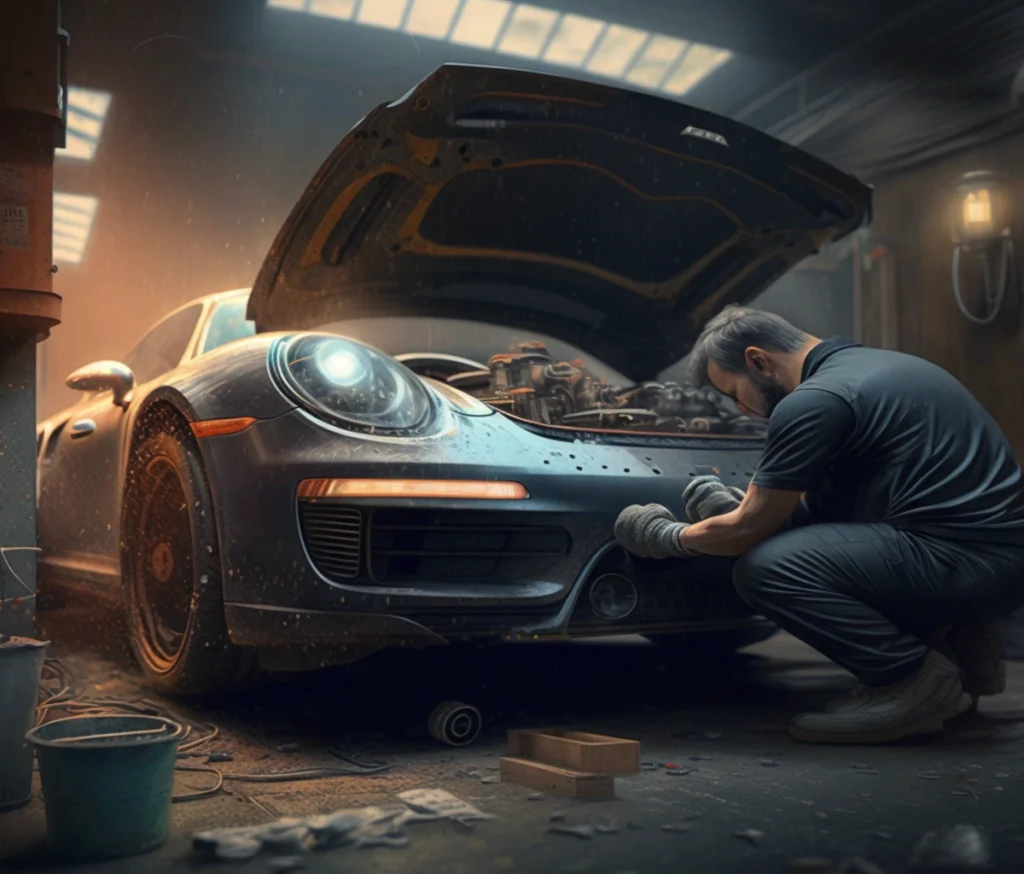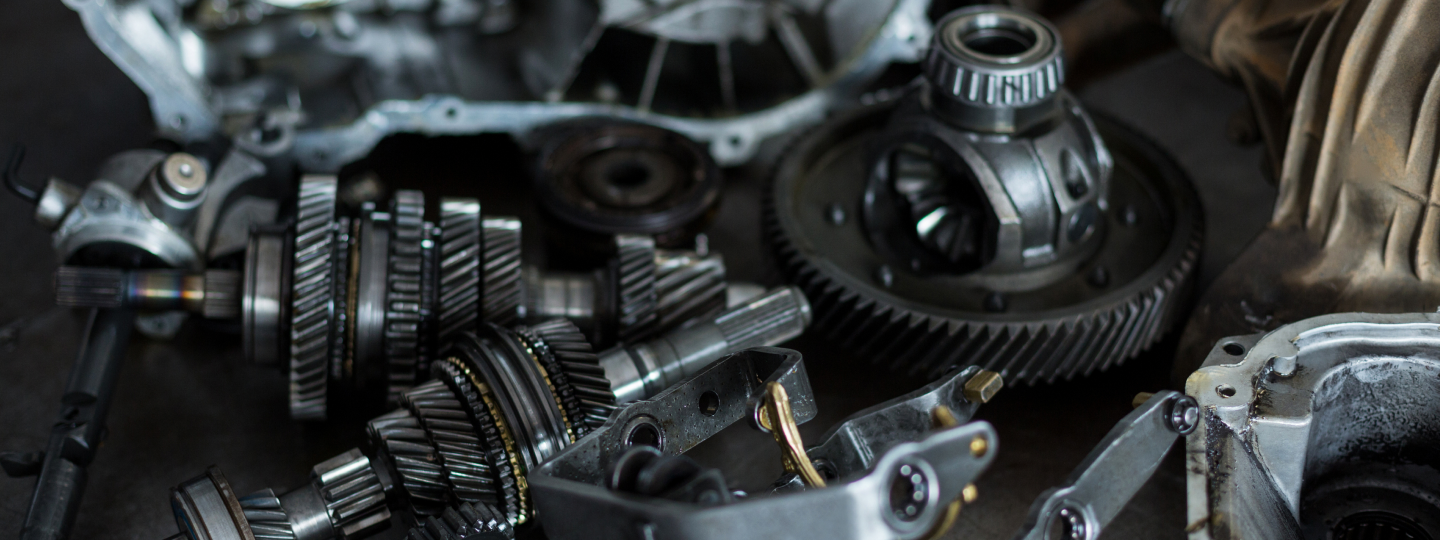Car Maintenance Development
Car maintenance has a long history, dating back to the invention of the automobile itself. As cars became more popular in the early 20th century, people began to realize the importance of keeping them in good working order. Over time, car maintenance has become more sophisticated, with new technologies and techniques emerging to help drivers keep their vehicles running smoothly.
Early Car Maintenance
In the early days of the automobile, car maintenance was a much simpler affair. Cars were built with basic mechanical components that were easy to understand and repair. Drivers could often perform routine maintenance themselves, such as changing the oil and checking the tire pressure.
However, even in these early days, car manufacturers recognized the importance of regular maintenance. For example, in 1907, the Ford Motor Company published a booklet titled “The Ford Owners’ Manual” that included detailed instructions on how to maintain their Model T cars. The manual advised drivers to check their car’s oil level, water level, and tire pressure regularly, and to lubricate the car’s moving parts every 1,000 miles.
The Rise of Dealership Service Departments
As cars became more complex in the 1920s and 1930s, many drivers found that they could no longer perform all of their car’s maintenance themselves. Instead, they began to rely on service departments at car dealerships to keep their vehicles in good working order.
In the 1920s, General Motors established a network of service departments across the United States. The company’s goal was to provide drivers with a reliable source of expert car maintenance. In a 1924 advertisement, General Motors emphasized the importance of regular car maintenance, stating that “The care of your car is your own responsibility. But don’t forget that we’re always ready to help you keep your car in good running order.”
The Advent of Preventative Maintenance
In the 1950s and 1960s, car manufacturers began to emphasize the importance of preventative maintenance. Rather than waiting for something to go wrong with a car, manufacturers began to encourage drivers to perform regular maintenance to prevent problems from occurring.
In 1959, Volkswagen introduced the “Volkswagen Inspection and Maintenance Program.” The program included a comprehensive checklist of maintenance items that drivers should perform every 10,000 miles. The program also recommended that drivers have their cars inspected by a professional mechanic every 30,000 miles.
In the 1970s, Japanese car manufacturers began to introduce the concept of “Total Quality Control” (TQC). TQC emphasized the importance of preventive maintenance and quality control throughout the manufacturing process. This approach helped Japanese car companies like Toyota and Honda become known for their reliable, long-lasting cars.
Modern Car Maintenance
Today, car maintenance is more important than ever. Cars are built with complex computer systems and high-tech components that require regular maintenance to keep them running smoothly. However, with the help of modern technology, car maintenance has become easier and more convenient than ever before.
For example, many cars now come equipped with onboard diagnostic systems that can alert drivers to potential problems with their vehicles. In addition, there are a variety of mobile apps and online tools that can help drivers schedule maintenance appointments, track their car’s service history, and even diagnose problems with their cars.
As Toyota CEO Akio Toyoda once said, “Maintenance is the key to making your car last longer. It’s the best way to keep your car in good condition and keep it running well.” With the right maintenance, drivers can keep their cars running smoothly for years to come.

Importance of Regular Car Maintenance
Regular car maintenance is an essential part of vehicle ownership, helping to keep your car running smoothly, safely, and efficiently. Unfortunately, many drivers neglect this important task, either because they’re too busy or because they don’t see the value in spending money on maintenance when their car seems to be running fine. However, skipping regular car maintenance can lead to a host of serious problems that can be expensive, dangerous, and even life-threatening.
One of the biggest risks of skipping regular car maintenance is increased wear and tear on your vehicle’s components. When you don’t change your oil, check your brakes, or replace worn parts, you’re putting extra strain on your car’s engine, transmission, and other critical systems. This can lead to accelerated wear and tear, causing these parts to fail sooner than they otherwise would. This can result in costly repairs or even a complete engine or transmission replacement, which can be incredibly expensive.
In addition to increased wear and tear, skipping regular car maintenance can also compromise your safety on the road. When you neglect to check your brakes or replace worn tires, you’re putting yourself at risk of accidents and other dangerous driving conditions. For example, if your brakes are worn and don’t work properly, you may not be able to stop your vehicle in time to avoid an accident. Similarly, if your tires are worn or underinflated, you’re more likely to experience a blowout or other tire-related problem.
Skipping regular car maintenance can also have a negative impact on the environment. For example, if you don’t replace your vehicle’s air filter, it can become clogged, leading to reduced fuel efficiency and increased emissions. Similarly, if you don’t change your oil regularly, your engine can become fouled with contaminants, leading to increased emissions and decreased fuel efficiency. These environmental impacts can have a significant impact on air quality and contribute to climate change.
Finally, skipping regular car maintenance can also affect your wallet. By neglecting important tasks like oil changes, tire rotations, and brake replacements, you’re not only putting yourself at risk of expensive repairs down the road, but you’re also reducing your car’s fuel efficiency and performance. This can lead to higher fuel costs, as well as increased wear and tear on your vehicle’s components, which can result in even more expensive repairs.
Skipping regular car maintenance is a risky and costly mistake that can have serious consequences for your vehicle, your safety, the environment, and your wallet. So, it’s essential to stay on top of your car’s maintenance needs and take your vehicle to a reputable mechanic for regular check-ups and repairs. By doing so, you’ll help keep your car running smoothly, safely, and efficiently, and avoid the risks and consequences of skipping regular car maintenance.
How Not to Get Scammed When doing Car Maintenance
- Do your research: Before you take your car to a mechanic, do some research on what kind of work needs to be done, what it typically costs, and what kind of parts will be required. You can use online resources such as RepairPal, AutoMD, or the National Institute for Automotive Service Excellence (ASE) to get an idea of what to expect. This way, you’ll be better equipped to recognize if a mechanic is trying to overcharge you for a service.
- Get multiple quotes: Don’t just go to one mechanic and take their word for it. Get multiple quotes from different mechanics and compare them. “Prices can vary widely, so it’s important to compare quotes from multiple mechanics before making a decision,” says Jill Trotta, director of industry advocacy and sales for RepairPal.
- Ask for details: When you get a quote, ask the mechanic to explain in detail what work they will be doing and why it’s necessary. If they can’t provide a good explanation or refuse to do so, it may be a red flag.
- Request old parts: If a mechanic suggests replacing a part, ask to see the old part before they replace it. “If you ask for the old part back, you can make sure the part was actually replaced and you can inspect it for any wear and tear,” says Rich White, executive director of the Car Care Council.
- Beware of scare tactics: Some mechanics may use scare tactics to pressure you into getting unnecessary work done. For example, they may tell you that a particular part is dangerous and needs to be replaced immediately. “Be wary of mechanics who try to scare you into getting work done right away,” says John Nielsen, managing director of automotive engineering and repair for AAA.
- Avoid upselling: Some mechanics may try to upsell you on additional services or products that you don’t need. “If a mechanic tries to sell you something that seems too good to be true or that you don’t really need, be wary,” says Trotta. “It’s important to ask questions and be informed about what you’re paying for.”
It’s important to do your research, get multiple quotes, ask for details, request old parts, beware of scare tactics, and avoid upselling when getting car maintenance. By being informed and asking the right questions, you can avoid getting scammed and ensure that your car is properly maintained.
How to do Car Maintenance DIY?
- Refer to your car’s manual: The first step in doing car maintenance DIY is to refer to your car’s manual for guidance. “The owner’s manual is the best source of information for maintaining your car,” says Jeff Bartlett, deputy editor of autos for Consumer Reports. “It will tell you everything from what kind of oil to use to how often to change the transmission fluid.”
- Invest in the right tools: To do car maintenance DIY, you’ll need to invest in some basic tools such as a socket set, wrenches, and screwdrivers. “Having the right tools is essential for DIY car maintenance,” says Jason Fenske, host of the Engineering Explained YouTube channel.
- Start with simple tasks: If you’re new to DIY car maintenance, start with simple tasks such as changing the oil or replacing the air filter. “There are some basic maintenance tasks that anyone can do, regardless of their skill level,” says Bartlett.
- Watch tutorials: There are many resources available online that can teach you how to do car maintenance DIY. “YouTube is a great resource for learning how to do car maintenance,” says Fenske. “There are many channels that specialize in DIY car maintenance, and they can walk you through each step of the process.”
- Take safety precautions: When doing car maintenance DIY, it’s important to take safety precautions such as wearing protective eyewear and gloves, using jack stands when working under the car, and making sure the car is on a flat surface.
- Keep records: When you do car maintenance DIY, it’s important to keep records of the work you’ve done. “Keeping a record of your DIY car maintenance can help you stay on top of your car’s needs and can also be helpful if you decide to sell the car,” says Bartlett.
To do car maintenance DIY, refer to your car’s manual, invest in the right tools, start with simple tasks, watch tutorials, take safety precautions, and keep records. By following these tips, you can save money and learn more about how your car works.


